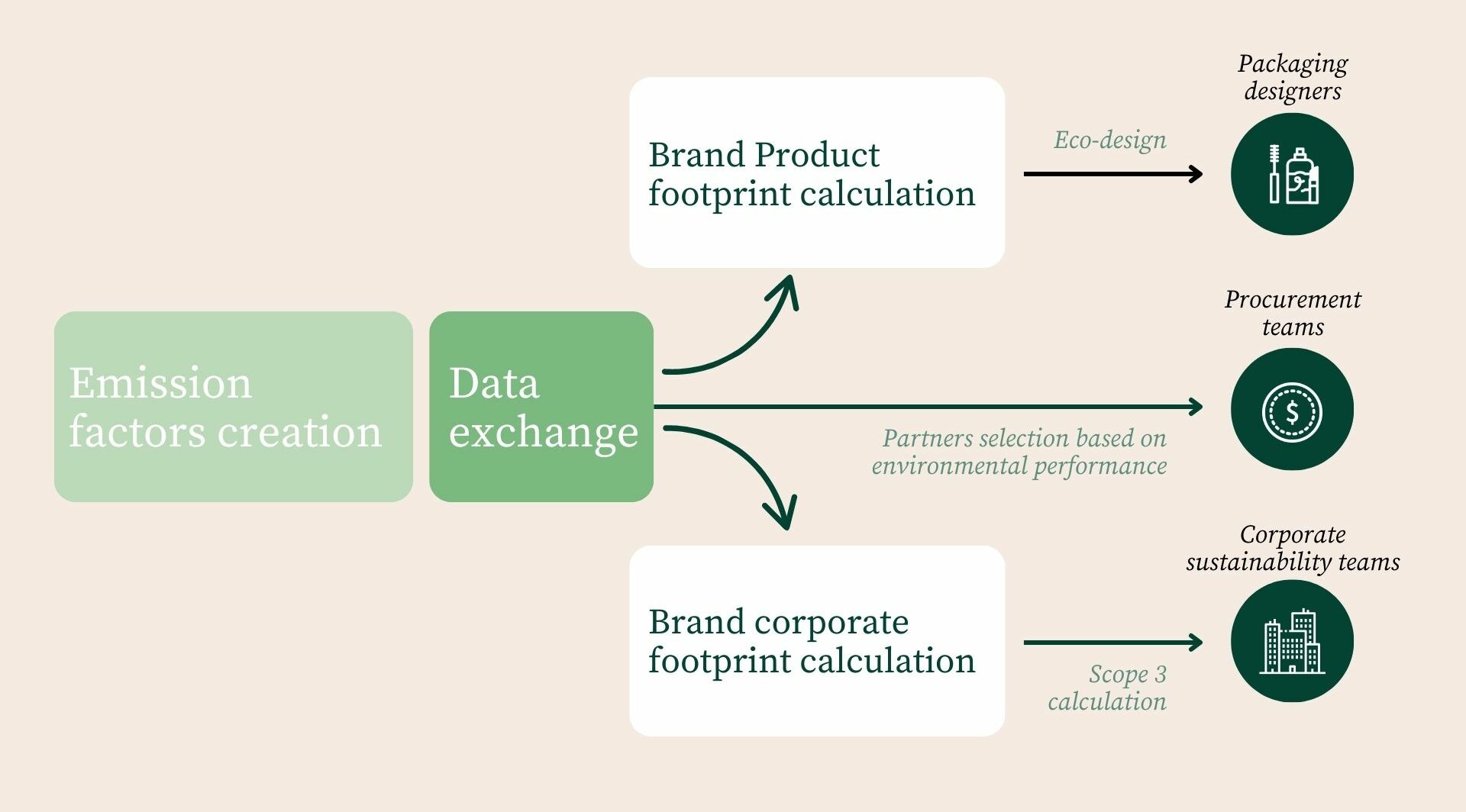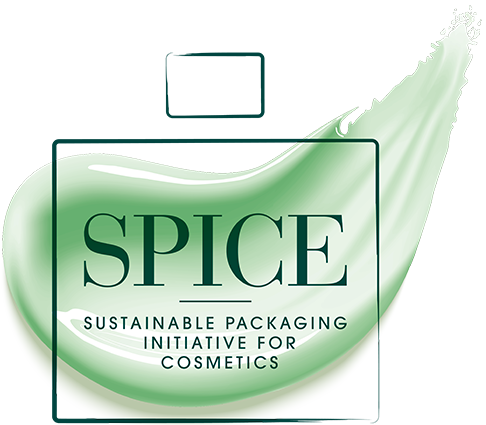SPICE unveils the SHARP taskforce for Supplier HARmonized PCF
24th September 2025
The Sustainable Packaging Initiative for Cosmetics – SPICE – announces the launch of the SHARP (Supplier HARmonized PCF) taskforce, dedicated to building a harmonized methodology for creating supplier-specific emission factors in cosmetics packaging, following the recent publication of SPICE’s Product Emissions Data Exchange Guidance and in response to industry demand for more representative and reliable data.
What is the TF and its objective ?
Following the publication of SPICE’s Product Emissions Data Exchange Guidance*, SPICE members identified the need for harmonized specifications to develop supplier-specific emission factors (EF) for cosmetics packaging.
That is how the Supplier HARmonized PCF, or SHARP, taskforce was launched, aiming at creating a comprehensive, practical and harmonized methodology on how to create supplier-specific emission factors for packaging materials.
Why it is needed?
Collecting primary data from value chain partners is essential for brands to create representative supplier-specific EFs. It will enable them to:
1. Eco-design packaging by choosing low-impact packaging materials
2. Drive purchasing decisions by selecting packaging materials suppliers with the lowest impact
3. Track scope 3 emissions and accurately report on a company’s corporate footprint
Creating supplier-specific EFs will enable companies to decrease their environmental impact thanks to more representative data

Why is it a challenge for cosmetics packaging industry?
Not having a harmonized methodology to collect data is a challenge: it leads to exchanging heterogeneous data, thus preventing reliable comparisons between materials and/or suppliers. By developing a unique methodology for the cosmetics packaging industry, SPICE will enable the creation of harmonized EF for Product Carbon Footprint (PCF) and Corporate Carbon Footprint (CCF) reporting.
The approach
To develop this methodology, several SPICE companies are working together to:
1. Define the scope to consider, including priority packaging materials to cover
2. Review existing data exchange protocols and EF creation standards, such as PACT
3. Create a harmonized methodology for supplier-specific EF calculation, aligned with existing standards and building on current market maturity & practices. This methodology will cover every step from data collection process and best practices to EF calculation & allocation recommendations.
READ THE SPICE PRODUCT EMISSIONS DATA EXCHANGE GUIDANCE >>
*SPICE’s Product Emissions Data Exchange guidance proposes a methodology to exchange data between value chain partners, and to use it to create specific emissions factors representative of a company’s value chain.
Back to all news and events
